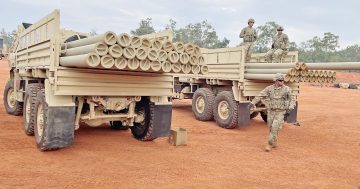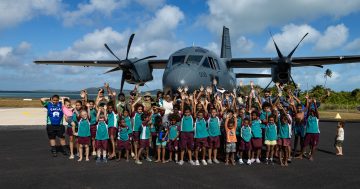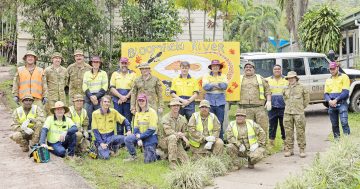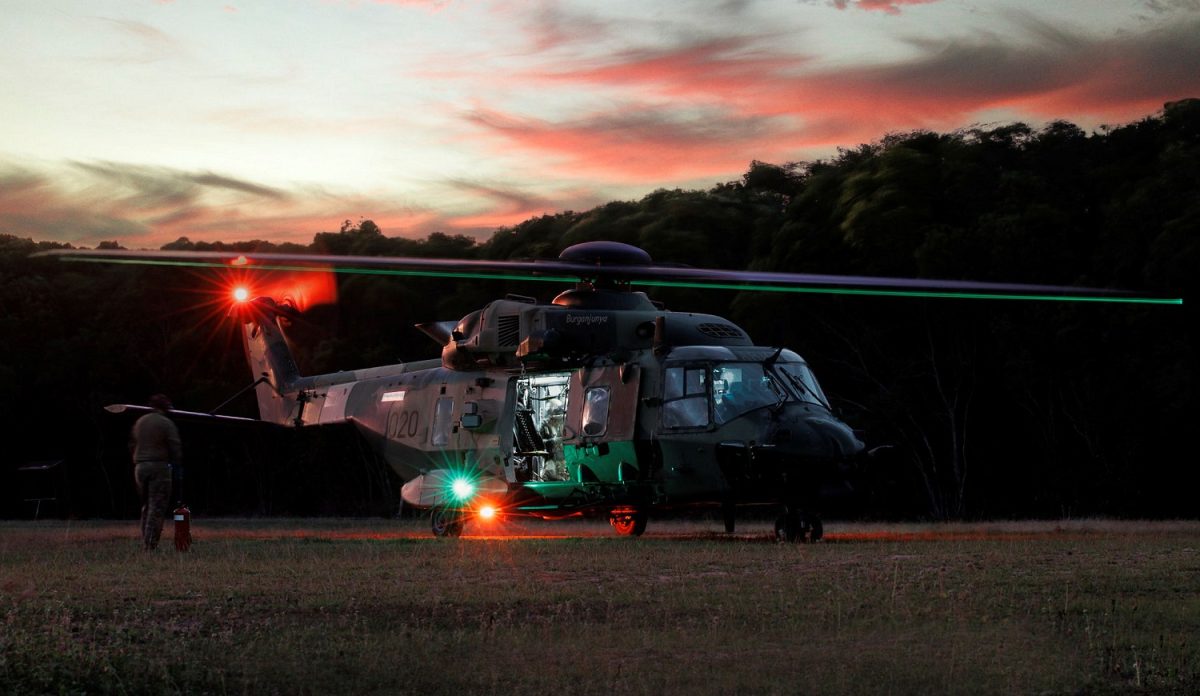
The MRH-90 Taipan entered ADF service in 2009, but has failed to meet availability and flying hour cost standards in service. Photo: ADF.
AUSTRALIANS woke to the awful news on Saturday morning that an Australian Army MRH-90 Taipan helicopter had gone down with four aircrew aboard at about 10:30 pm on Friday night near Lindeman Island in the Queensland Whitsundays region.
The Taipan was participating in a night exercise with another MRH-90 plus US and New Zealand forces to insert special forces onto an island before returning to their base. The exercise was part of the larger multi-national Exercise Talisman Sabre 2023 currently being held right across Australia’s north.
The exercise director initiated an exercise pause immediately after the incident, before it resumed on Saturday afternoon. But the Army has grounded its fleet of MRH-90s for the foreseeable future.
The aircraft and the four missing crewmen are members of No 173 Squadron from the Sydney-based No 6 Aviation Regiment (6Avn). The missing aircrew were named by Defence Minister Richard Marles on Saturday afternoon as pilots Captain Daniel Lyon and Lieutenant Maxwell Nugent, and loadmasters Warrant Officer Class 2 Joseph Laycock and Corporal Alexander Naggs.
“They’re part of a really tight team, a very highly professional, highly skilled aviation unit,” Australian Army Chief Lieutenant General Simon Stuart said on Sunday. “I couldn’t be more proud of them – as professionals, as soldiers, and as people.”
No 6 Aviation Regiment operates a dozen MRH-90s primarily in support of commando forces in an anti-terrorism and special operations support role, and its pilots are trained to fly low and fast at night without external lighting.
In a piece he wrote on Sunday, former Army Major General Mick Ryan said, “The accident highlights the demands of military training under modern conditions. The war in Ukraine has, again, shown why demanding peacetime training is an essential foundation for success on the modern battlefield.
“Training activities provide the scenarios, under conditions of high perceived threat, that replicate the ground, air, maritime, electromagnetic and cyber hazards that our service personnel must be prepared for,” he added.
The Taipan is designed to the highest military crash-worthiness standards, with impact-absorbing seats and harnesses and a composite fuselage. It is also fitted with four floats – two forward and two aft – but these are required to be activated by the pilots.
Friday night’s crash was the first total loss of an MRH-90 Taipan in Australian Defence Force service.
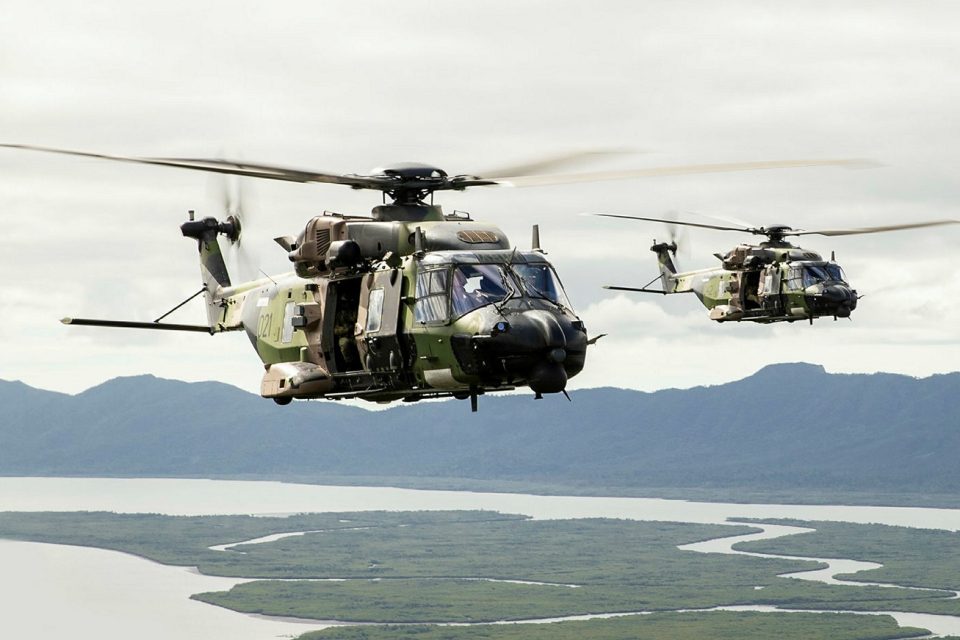
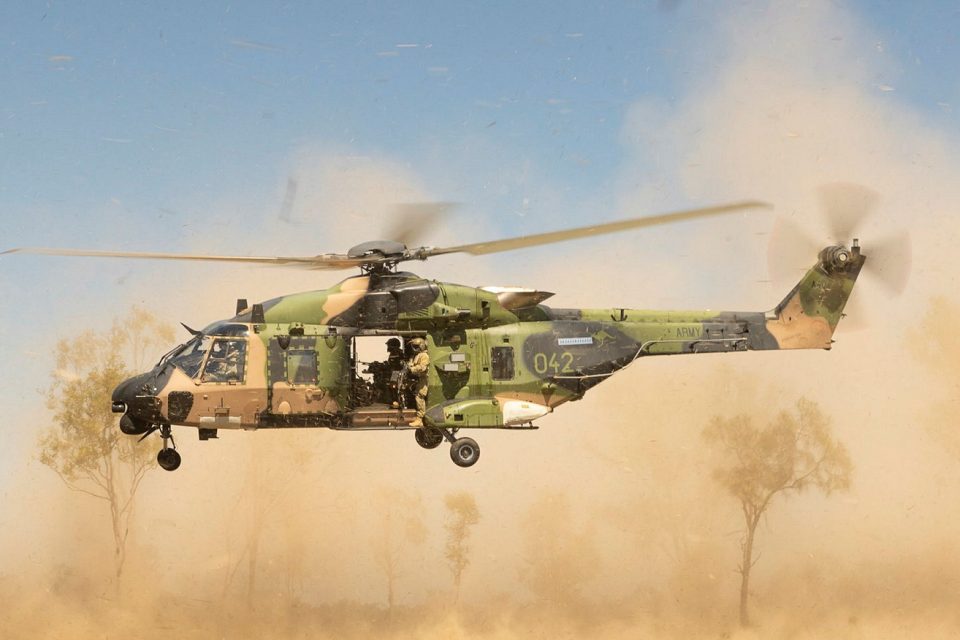
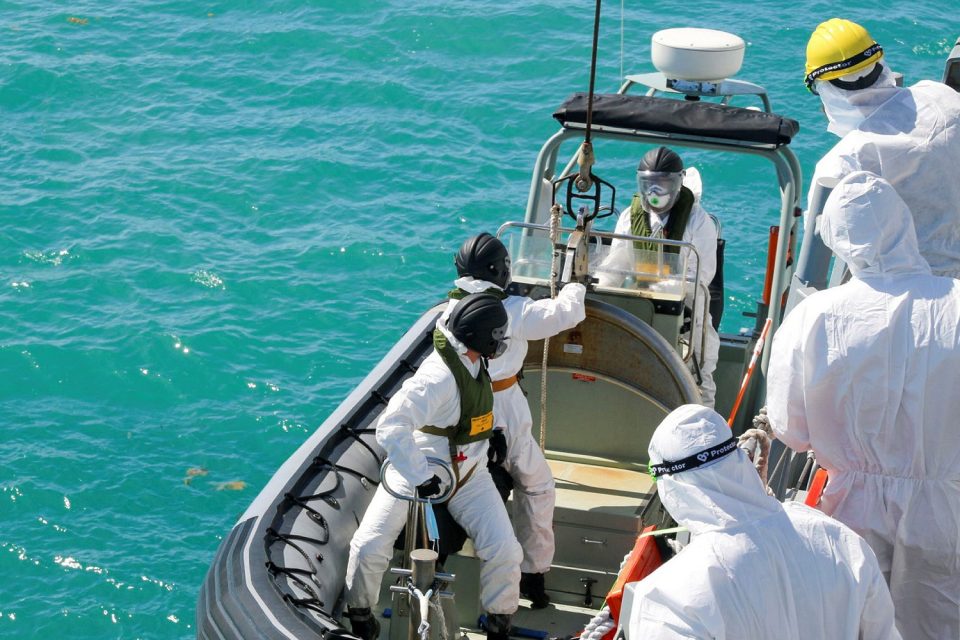
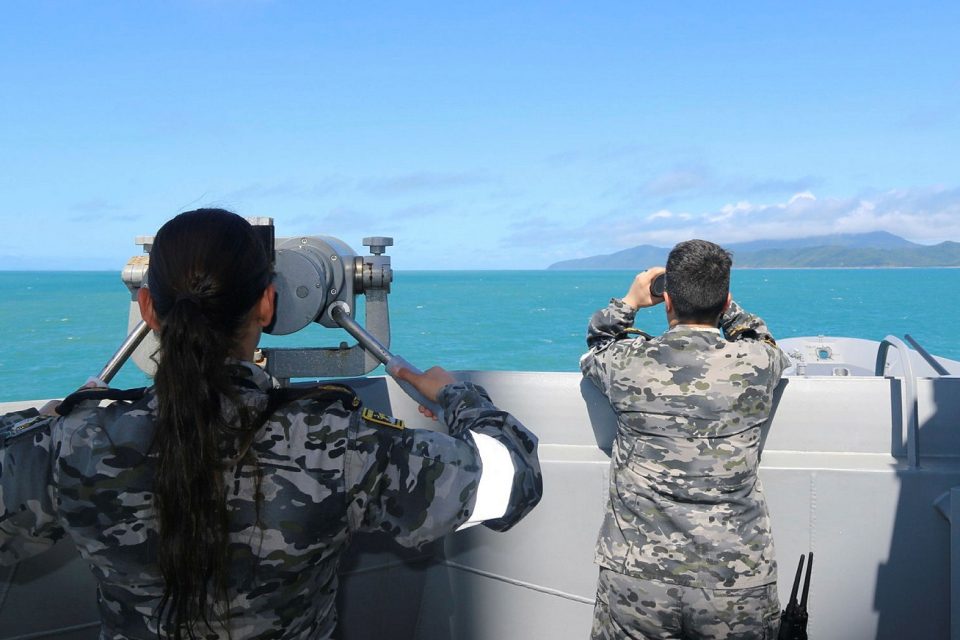
The MRH-90 was selected for the Australian Army’s Project AIR 9000 Phase 2 and 4 in 2005 and 2006 and the Navy’s Air 9000 Phase 6 requirement in 2006, and entered service in 2009.
The Australian Army operates 47 Taipans in total, with about 30 aircraft operated by A and B Squadrons of No 5 Aviation Regiment based at Townsville in Queensland, and a detachment of about four aircraft based at Oakey near Toowoomba in Queensland for training and development work.
Six Taipans were formerly operated by the Royal Australian Navy’s 808 Squadron based at Nowra, but these were handed back to the Army in 2021 and will be replaced in the maritime logistics role by a second batch of Sikorsky MH-60R Romeo Seahawks currently on order.
MRH-90 pilots wear a Thales TopOwl helmet, the visor of which shows the aircraft’s speed, altitude, heading and other critical flight information projected onto it. The helmet also shows imagery from the aircraft’s advanced forward-looking infrared system that allows a pilot to see terrain, the ocean surface and other features at night, even directly below and behind the aircraft.
But despite these and several other cutting-edge technologies and capabilities, the aircraft has not been a success in ADF service. It has experienced poor availability rates, high operating costs, and has been subject to several groundings as a result of technical faults or configuration management issues with the aircraft discovered during maintenance, and in 2019 when a composite tail rotor delaminated in flight.
The most recent incident occurred in March when a Taipan was forced to ditch, or put down, in the calm waters of Jervis Bay after experiencing what was described as a loud bang followed by a loss of power. Fortunately, the pilots were able to activate the aircraft’s built-in floats and the crew and the soldiers aboard were able to escape safely.
There is no evidence yet to suggest Friday night’s crash was caused by any technical failures or maintenance issues.
But the ADF’s problems with the MRH-90 fleet have become so severe that the planned replacement of the MRH-90 in ADF service in the 2030s has been brought forward by about a decade, with the first of 40 Sikorsky UH-60M Black Hawks expected to enter service from next year.
Original Article published by Andrew McLaughlin on Riotact.



